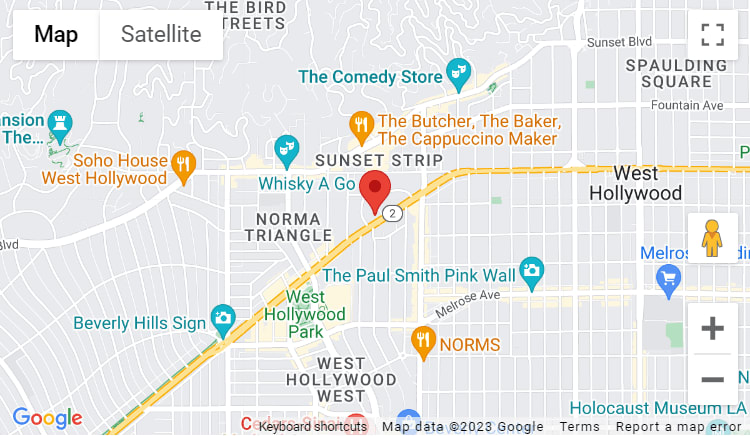If you’re a first-time homebuyer or it’s been a while since you’ve purchased a home, you probably have a lot of questions and concerns about mortgages. We at Liz and Ellie Local strive to educate our clients about the entire home buying process, and the mortgage is no exception. We work with some amazing colleagues, and today, we're lucky to have Shant Banosian of Guaranteed Rate blogging about the mortgage process for us.
Before you even start looking at homes for sale, it's important to determine your needs and budget. The best way to determine what your budget is by getting a pre-approval.
A pre-approval provides a clear picture of what a borrower can afford and acts as a starting point to begin narrowing down affordable home buying options.
The process provides a conditional agreement that your mortgage application may be granted by a lender and that you are able to qualify for financing. As an official status of eligibility, pre-approval encourages sellers to move forward with an offer, given the added assurance that a prospective buyer’s loan will be secured. Once you have your pre-approval in hand, you are ready to start housing hunting!
Following an accepted offer, you will go through the mortgage process. Here are the six major milestones you'll reach during loan processing and what’s happening at each stage of the process.
Step 1: Loan is submitted to processing
The Mortgage Consultant collects and verifies all documents necessary to prepare the loan file for underwriting. These documents provide us with everything that we need to know about you (the borrower), and the property you are financing. During processing, the Mortgage Consultant begins verifying assets, income and employment, orders a home appraisal to determine the value of the property (if/when needed) and runs various compliance and eligibility checks to ensure the process advances quickly and smoothly.
Common documentation requested at this stage includes:
-
Evidence of Earnest Money
-
Asset Verification
-
Borrower Letter of Explanation (LOX)
-
Gift Letter
-
Copy of Note
-
Source Large Deposits
-
Verification of Employment (VOE)
-
Fully Executed Sales Contract
Step 2: Loan is submitted to underwriting
The Underwriter begins the loan underwriting process, reviewing all documentation to determine whether you qualify for a mortgage. While the Loan Officer and Mortgage Consultant will do their best to submit a complete file during loan underwriting, an Underwriter may still have questions and/or require additional documentation to satisfy any conditions for a final approval. Mortgage Underwriters review financial statements, employment records, housing market reports, home appraisal reports and other documents to check that two conditions are met:
· You can afford the home loan you’re applying for
· The home you’re buying provides sufficient collateral for the mortgage
Lenders want to be certain — or at least as certain as possible — that you’ll be able to repay your home loan. To that end, underwriters thoroughly analyze your finances and search for potential red flags. They’ll also verify the information provided in your loan application — employment status, income level, recurring debt, etc.
Step 3: Loan is conditionally approved
If your loan application presents an acceptable level of risk for the underwriting team, then they will grant you conditional loan approval.
Step 4: Loan is Clear to Close
"Clear to Close" means the Underwriter has signed-off on all documents and issued a final approval. You meet all of your lenders’ requirements to qualify for a mortgage, and your mortgage team has been given the green light to move forward with your home loan.
When you reach this stage of the mortgage process, your lender will send you a clear to close letter along with a copy of the Closing Disclosure (CD). The CD is the standardized document that details the finalized terms for the loan, including a breakdown of all closing costs and fees. You won’t receive the Closing Disclosure until you’ve been cleared to close. The lender will schedule your closing and review the CD to ensure every cost and contingency has been incorporated before heading to the closing table.
Closing processes vary slightly depending on the type of transaction, as well as local, state and municipal laws. You will sign some of your closing documents in advance online and the remainder in person at the closing table. You’ll need a photo ID and a personal or bank check for any remaining balance owed toward the closing costs and/or down payment.
Step 6: Loan has been funded
The final step on the loan process is now complete: Your loan has been funded! At this time, all documentation is complete and the funds for the loan have been disbursed to the seller.
Have questions about the mortgage process or getting pre-approved? Our team is here to guide you every step of the way. Get in touch today!

